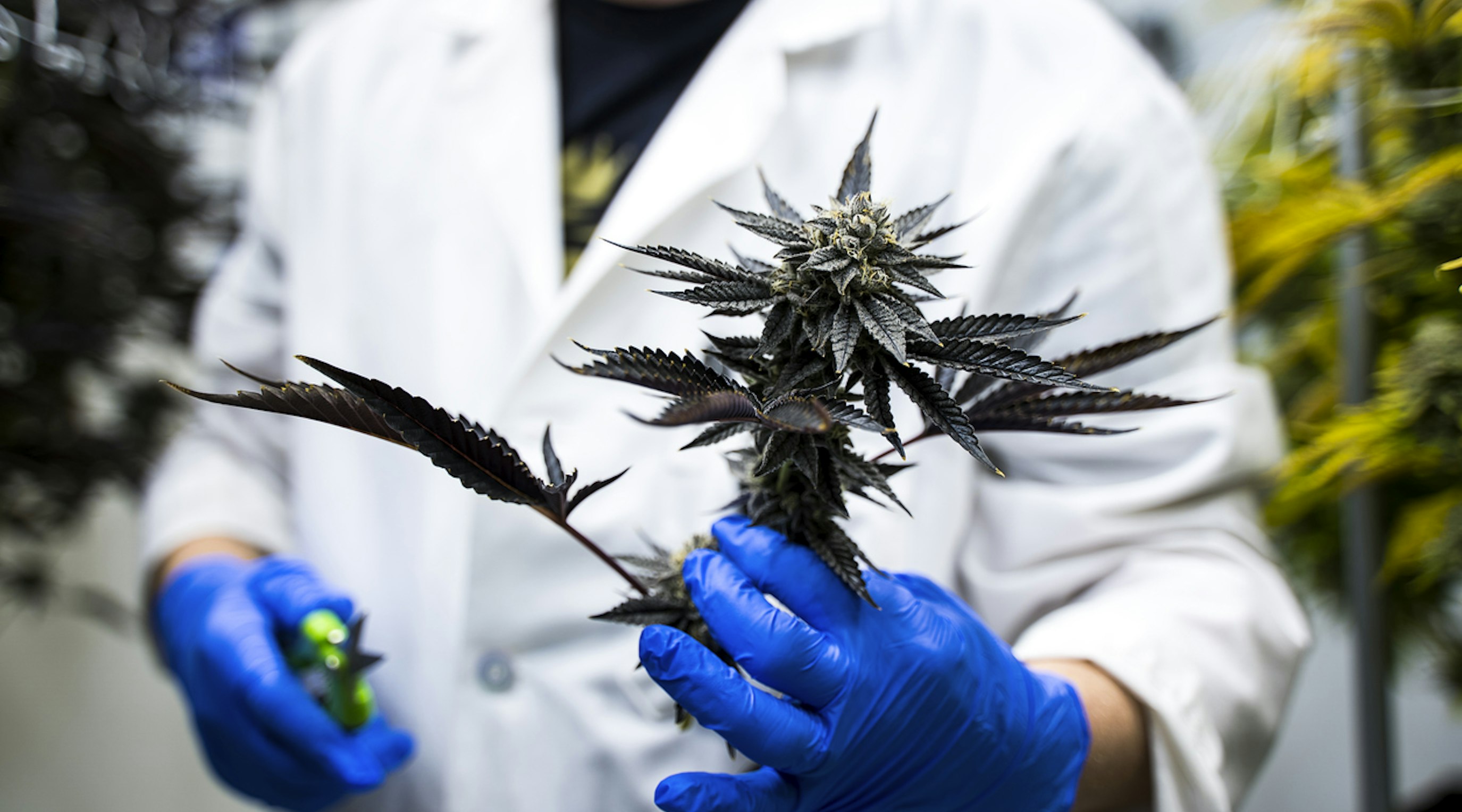Terpene Trivia: Where else can I find cannabis terpenes?
5 min read
Emily Ledger
Cannabis is an extremely complex and versatile species, with different plants potentially containing a distinct range and different concentrations of various compounds. Take terpenes, for example. There are estimated to be more than 200 terpenes present in cannabis, with different combinations contributing to the variable features and properties of different cultivars. However, these aromatic and often therapeutic compounds are far from unique to cannabis.
Contents
What is a terpene?
Terpenes are naturally occurring aromatic compounds found in all plant species, including flowers, trees, fruits, and herbs. Tens of thousands of terpenes exist in nature, contributing to the unique scents and flavours. Moreover, many terpenes have been found to possess impressive therapeutic properties, accounting for some of the medicinal benefits of various plants (take a look at our cannabis terpene guide!).
Their abundance in nature has led to their extensive use in various consumer products, from perfumes and candles to skincare and cleaning products. In fact, you will likely have several terpene-infused products in your own home!
Cannabis terpenes
As mentioned above, cannabis contains a wide range of terpenes. As in other plants, these compounds contribute significantly to the various aromas, flavours, and effects of different cultivars. Cannabis cultivars are often described as having a terpene profile which usually refers to the most abundant terpenes found in the plant.
The most common cannabis terpenes
Terpenes make up an estimated 2-5% of the chemical contents of a cannabis plant. While this might sound like a small amount, this can include a huge number of different terpenes, some of which may only be present in trace amounts. However, some terpenes are much more common - and much more abundant - than others.
For example, some studies indicate that the most common cannabis terpene, myrcene, often represents over 20% of the terpene profile in many cannabis plants. In some cultivars, it has even been found to represent up to 65% of the total terpene content!
After myrcene, some of the most common cannabis terpenes include:
- Pinene - rarely a dominant terpene in cannabis, it is still commonly found in many cultivars. This terpene gives a piney and woody aroma.
- Limonene - As its name suggests, this terpene is often associated with citrussy aromas and flavours, which are common in the cannabis world.
- Humulene - This terpene is often present in modest quantities and is often described as having a floral or herbaceous aroma.
- Caryophyllene - Another terpene that is often found in particularly high levels, caryophyllene gives a spicy flavour and smell to certain cannabis cultivars.
But let’s take a closer look at the properties of these common cannabis terpenes - and explore where else in the plant world they can be found.
Where else are cannabis terpenes found?
Terpenes can be thanked for many of the familiar scents we associate with different times of year - and as we have started to look towards the colder months, we thought it would be fun to take a closer look at the role terpenes have to play in some of our favourite fall and winter plants!
Caryophyllene - for a season of spice
Who doesn’t love the spicy, seasonal smells of autumn and winter? Whether it's from cracking open the autumnal scented candles in fall or baking gingerbread houses and mulling wine at Christmas, spices like cinnamon and cloves become commonplace in the colder part of the year. And a large part of these familiar aromas can be attributed to caryophyllene!
Of course, this common terpene has more than just a cosy scent to offer. It has also been found to possess therapeutic properties, including anti-inflammation, antioxidant, and even anti-cancer potential.
Pinene - for that Christmas tree smell
There are few things more festive than picking out a Christmas tree and having the smells of the forest seep into our homes. And once again, we can thank terpenes for this joyful scent - most notably in the form of pinene. As its name suggests, pinene can be found in abundance in pine trees and many other conifers.
Also known as alpha-pinene (or α-pinene), pinene is commonplace in consumer products, but it is also thought to possesses anti-insomnia, anti-anxiety, and anti-inflammatory properties.
Limonene - for a seasonal citrus boost
Whether you’re adding some peel to your mulled wine, assembling a Cristingle with the kids, or crafting fruit-laden trimmings, citrus fruits are a huge contributor to festive smells. And while its name might leave you thinking of a certain, more yellow, fruit, limonene can be found in all citrus fruits, from lemons to clementines.
In addition to its distinct citrussy aroma, limonene has been found to relieve pain and inflammation and is even associated with anti-anxiety and anti-tumour benefits!
Final thoughts
Of course, we have just covered the tip of the iceberg when it comes to the properties and potential of terpenes. These abundant compounds play a more significant role in our lives than many of us realise.
So, as the warm and comforting aromas of the festive season begin to emerge once more, spare a second to consider where they come from - and perhaps how they can help to improve our health.
Share article
Did you like this article?
It is important to seek medical advice before starting any new treatments. The patient advisors at Releaf are available to provide expert advice and support. Alternatively, click here to book a consultation with one of our specialist doctors.
Elevate your wellness with medical cannabis
Get comprehensive care, convenience, and confidence with an all-in-one treatment plan.
Am I eligible?Authors
Emily, an accomplished content writer with a specialisation in cannabis and alternative health, leverages her five years in the sector to enhance education and diminish stigma around medicinal cannabis use.
Editorial Policy
All of our articles are written by medical cannabis experts, guided by strict sourcing guidelines, and reference peer-reviewed studies and credible academic research. Our expert clinical team and compliance specialists provide valuable insights to ensure accuracy when required. Learn more in our editorial policy.
Need more help?










